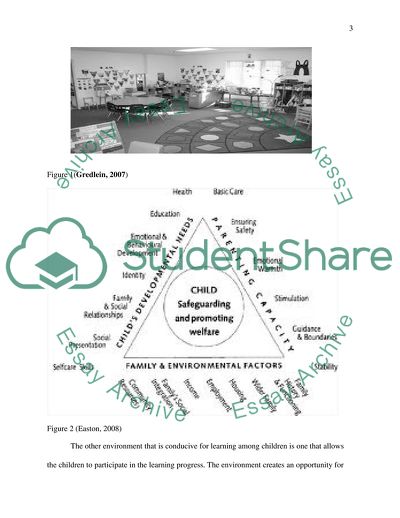Cite this document
(What Type of Environment Best Support Childrens Learning Report Example | Topics and Well Written Essays - 1750 words, n.d.)
What Type of Environment Best Support Childrens Learning Report Example | Topics and Well Written Essays - 1750 words. https://studentshare.org/education/1822014-learning-journal
What Type of Environment Best Support Childrens Learning Report Example | Topics and Well Written Essays - 1750 words. https://studentshare.org/education/1822014-learning-journal
(What Type of Environment Best Support Childrens Learning Report Example | Topics and Well Written Essays - 1750 Words)
What Type of Environment Best Support Childrens Learning Report Example | Topics and Well Written Essays - 1750 Words. https://studentshare.org/education/1822014-learning-journal.
What Type of Environment Best Support Childrens Learning Report Example | Topics and Well Written Essays - 1750 Words. https://studentshare.org/education/1822014-learning-journal.
“What Type of Environment Best Support Childrens Learning Report Example | Topics and Well Written Essays - 1750 Words”. https://studentshare.org/education/1822014-learning-journal.


